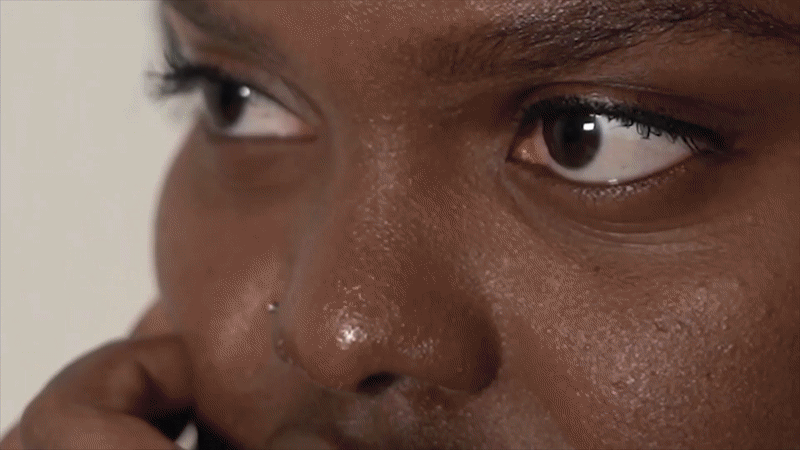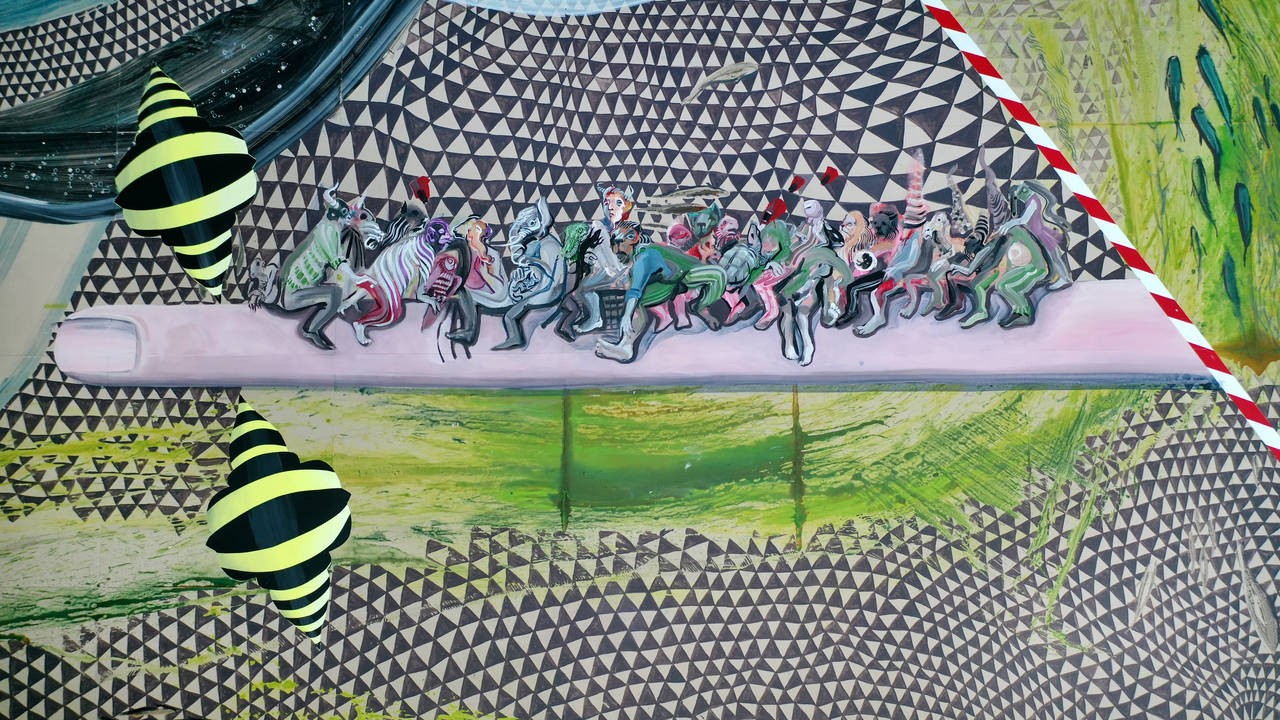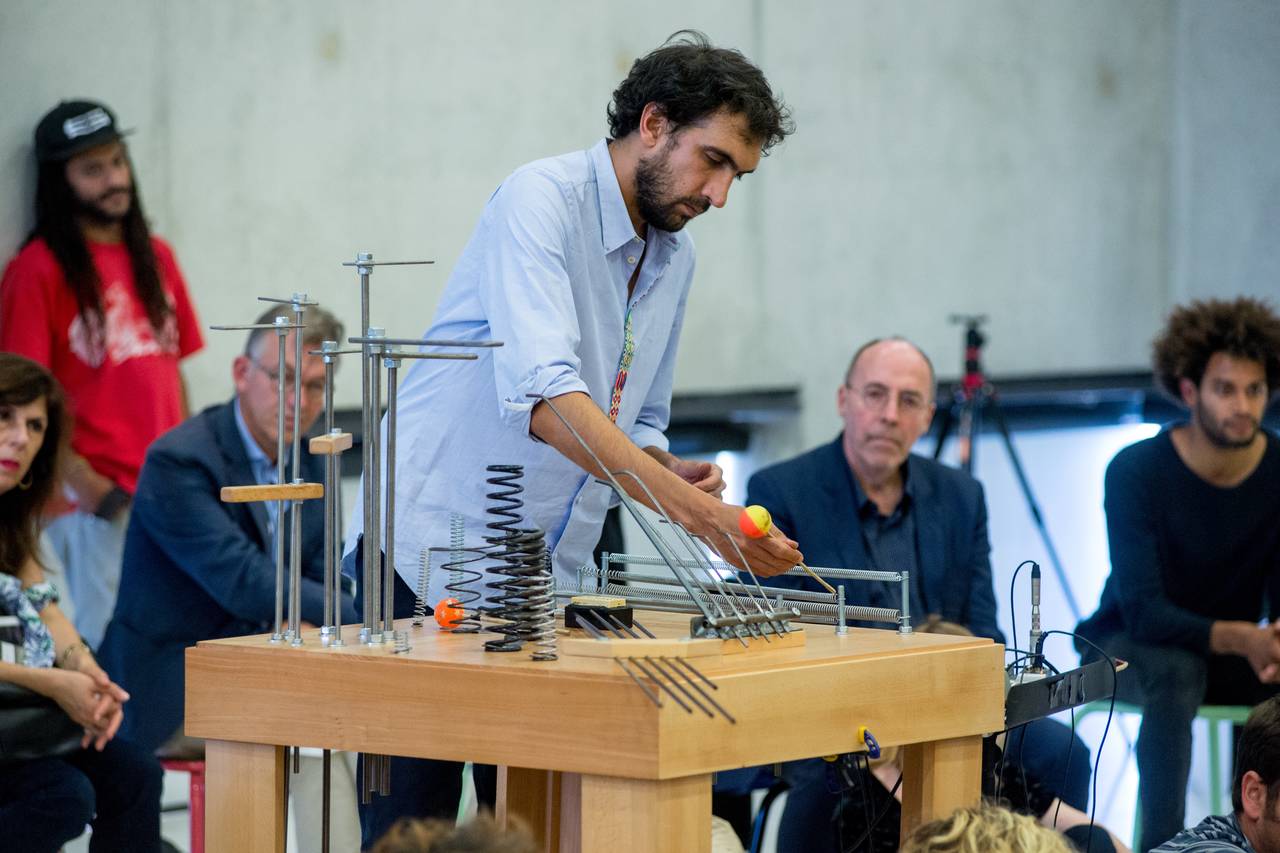Ulay’s theft of one of the best-known German paintings from the Neue Nationalgalerie in Berlin lies somewhere between criticism of institutionalism and media event.
West Berlin, Neue Nationalgalerie, December 12, 1976, approx. 1 p.m.: The famous painting “The Poor Poet” (1839) by Carl Spitzweg is stolen. “Radical leftist steals our most beautiful painting!” reads the headline in Das Bild the following day. The radical leftist, later also called “the madman”, was actually artist Ulay, although he was little known at the time.
Ulay had indeed stolen the most famous Spitzweg painting from West Berlin’s Neue Nationalgalerie, which was barely ten years old. Yet within just 30 hours of the theft, the painting had been returned. The theft was “merely” a form of action art and the painting was not damaged. Precisely how Ulay undertook such a feat and the journey the painting took on its outing from Berlin, wrapped in a felt blanket, by car and on foot through the December snow to the Künstlerhaus Bethanien and subsequently to the apartment of a Turkish immigrant family and back, can be gleaned from a documentary film and endless newspaper articles.
So why The Poor Poet?
Why, of all things, did Ulay choose Spitzweg’s Poor Poet for his action? There are countless possible answers to this question. Perhaps because “our favorite painting” represented the bourgeois tastes of the post-War period and adorns numerous living rooms full of the same upholstered furniture and wall-to-wall oak-fronted cupboards even today. Perhaps because it shows a poor poet, i.e. an artist, and his precarious living conditions, with which Ulay and many of his young artist colleagues must have been only too familiar.
Perhaps because it seems thoroughly ironic that it is precisely this embodiment of the poor artist that has become an object of value, presented in the museum, the temple of bourgeois high culture, for the artistic pleasure of the social establishment. Perhaps also because this is a particularly well-known, classic painting, an objet d’art and thus an art form that action artists like Ulay aimed to actively defy.
Art theft as criticism of institutionalism
The ambiguous title of the work also points to a background of criticism of institutionalism: “There is a Criminal Touch to Art”. What is meant by “a criminal touch”? Does it refer to the museum’s veto on touching the artworks presented within it? Or rather the criminal act of an art theft? Both play a role, no doubt, but do not explain why the title is formulated as a statement, as an indication. “There” is a criminal touch to art. Thus Ulay attributes to art the potential for impact; it can directly touch, it can be criminal and subversive.
Ulay’s action is a demonstration of precisely this claim. By making an immigrant family’s apartment the setting of his demonstration and exchanging the reproduction of a “angel picture” above the sofa for the valuable painting, he draws attention to the unwritten rules, restrictions and exclusion mechanisms of high culture, which prevent art from developing its social effectiveness. The path of art in the museum to the actual reality of people’s lives appears impossibly long. From today’s perspective, with our increasing sensitivity for post-colonial theory, migration issues and transculturalism, the inclusion of the family and its home as an “object of demonstration” appears not entirely unproblematic. Nevertheless, there is no doubt that Ulay achieved a “criminal touch” with his action, as proved by the tremendous amount of public attention it attracted.
Complicity
Ulay did not steal the painting on his own – indeed he was in illustrious company. The sources are not entirely in agreement as to which role she played, but it is certain that Marina Abramović was involved in the action. Until recently she was Ulay’s partner, both in life and in art. Just a few days before the art theft, on November 30, the couple had put on their first joint performance in Amsterdam entitled “Talking about Similarity”. During this performance, Ulay sewed his mouth shut in front of the audience, then Abramović answered the audience’s questions in his place.
This was followed by what is so far the best-known phase of Ulay’s artistic creativity, the joint “Relation Works”. Marina Abramović would later become the most famous performance artist in the world, whilst Ulay almost faded into obscurity. After the art theft action however, the roles switched for a time: Ulay was entirely in the limelight. Whether or not other people were involved in the action remains unclear, perhaps intentionally. After all, this was still a criminal act, complicity with which could result in legal consequences.
Legally a theft, artistically an action
An art theft is far from a petty crime, even if it was planned in advance as an artistic action. According to newspaper reports, the painting was fortunately undamaged, and it was retrieved unscathed by the then director of the Neue Nationalgalerie, Dieter Honisch, from the Künstlerhaus Bethanien. Nevertheless, Ulay had to face legal consequences for the action. He traveled back to the Nationalgalerie with Honisch, where he gave himself up to the police. He was subsequently presented with a choice of either a fine or a custodial sentence, which he was initially able to avoid by leaving the country. Later he was arrested, however, and he was only released once friends had come up with the money he needed.
Action art is, by its very definition, ephemeral, transient, fleeting and singular. This goes for all actions and performances. One specific point about Ulay’s action was that not even his “audience” knew that they were witnessing an artistic action. In a certain way, therefore, it was an early form of so-called “Relational Art”, which incorporates a real, social environment. To ensure that the action could subsequently be remembered not as art theft but as an artwork, Ulay employed three methods.
Artwork and media event
First he compiled a written concept in which he already announced the return of the painting; second he ensured the action was documented almost seamlessly on film, and third he subsequently directed the attention of the public towards the action and thus gained a new, now informed audience. Thus the representatives of the press were “officially” informed via the studio gallery of Mike Steiner, through which the video (as art) was distributed along with a publication with a documentation of the work and the collected press commentaries, which could now be considered an element of the work. Thus the short-lived action became an artwork.
The later fate of Spitzweg’s Poor Poet in the Nationalgalerie is tragic, as the painting was stolen for real in 1989 and has been missing ever since. Since Spitzweg produced several versions of the painting, two versions remain along with a handful of studies and oil sketches. One of the two finished paintings is currently in private ownership, whilst the second hangs in the Neue Pinakothek in Munich and is thus the only version accessible to the public.
The wheelchair as a work of art
Ulay’s spectacular action was, for its part, an inspiration to other artists. A cultural transfer in the opposite direction was staged, for example, by Turkish artist Aykan Safolu at the “Festival of Future Nows” in 2014. He invited residents of Muskauer Strasse, the street where the Turkish family lived in whose home Ulay had temporarily hung The Poor Poet, to sing a Turkish lament in the Neue Nationalgalerie. Also in 2014 Mariana Castillo Deball addressed the history of the Spitzweg painting with an installation at Hamburger Bahnhof. She exhibited a wheelchair bearing the cynical slogan “Null Problemo”, with which the Spitzweg thieves had disguised themselves on their way to the ultimate theft of the painting. They left the wheelchair behind at the crime scene, and now it is an artwork itself.

Learning by Dancing
Performances, panel discussion, and participation: Over the Easter weekend, artist Daria Nazarenko is inviting urban dance scene to Neuer Kunstraum...

WALK! The act of walking in art
The upcoming exhibition WALK! presents an overview of contemporary art that intertwines walking with the challenges of our time.

“We are all actors”
Artist Dora García on mysterious seductions and the fine line between fiction and reality. An e-mail interview.

Schirn Preview: Ramin Haerizadeh, Rokni Haerizadeh and Hesam Rahmanian
Exuberant, funny, eccentric and full of allusions: The Schirn presents the Iranian artist collective's first solo exhibition in Germany.

Artist portrait: Tarek Atoui and the elemental force of sound
Together with deaf students, artist Tarek Atoui created new instruments – in search of a universal perception of sound.

10th edition of The Preis der Nationalgalerie
The shortlist exhibition at Hamburger Bahnhof, Berlin, opened a amonth before the award ceremony in September. Two of the nominated artists have...